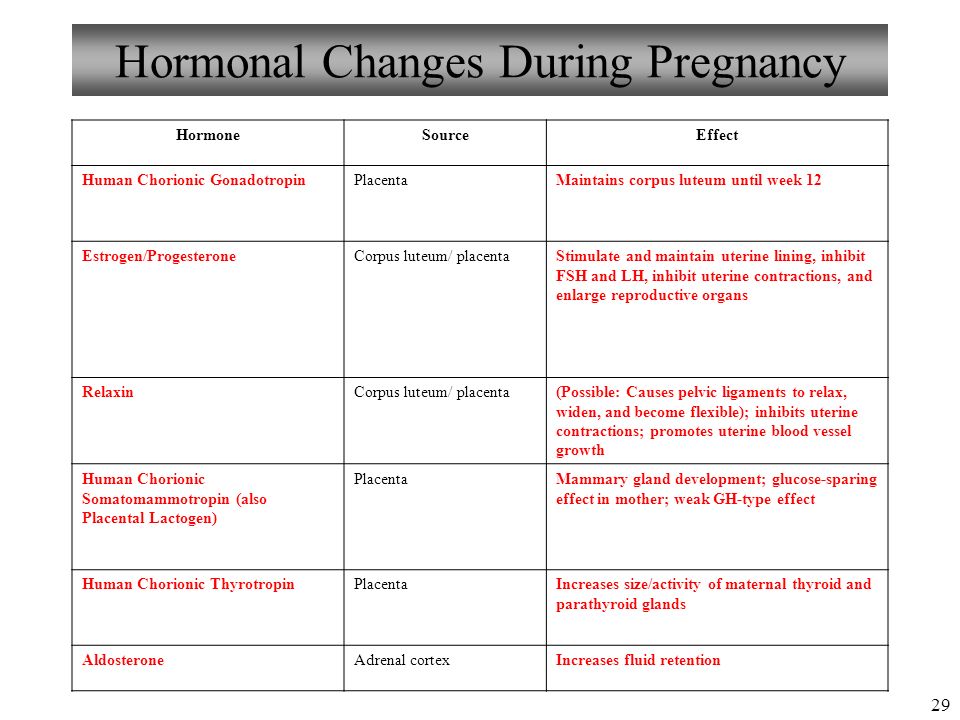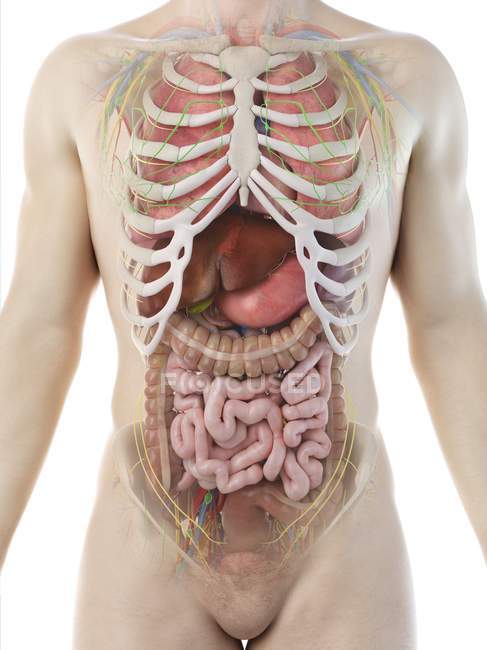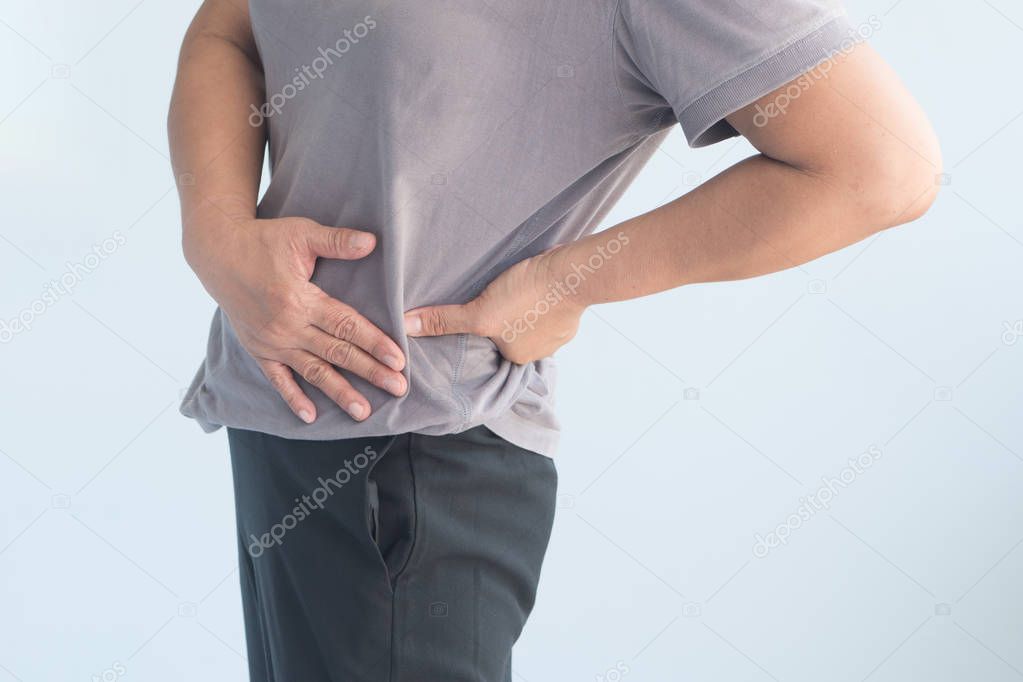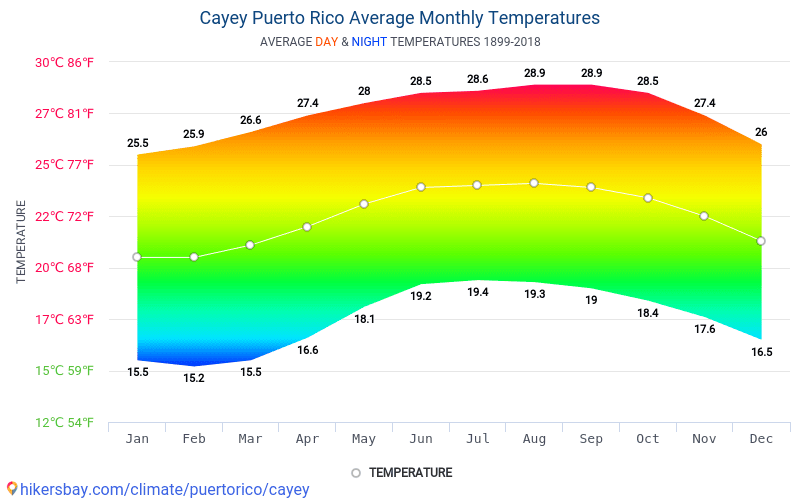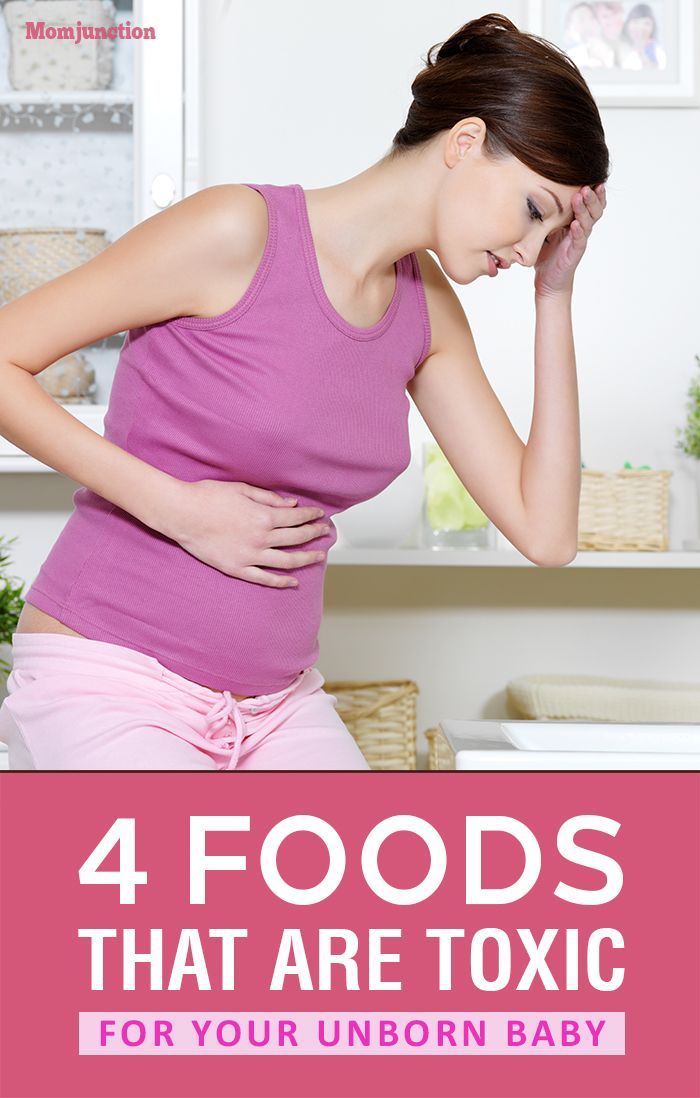Nipple vasospasm treatment
Vasospasm and breastfeeding - symptoms, causes, management
beginning of content5-minute read
Listen
What is nipple vasospasm?
Vasospasm is what happens when the blood vessels supplying the nipple go into spasm and reduce the blood flow to the nipple. This affects the flow of milk from the nipple.
It is common to feel intense pain if this happens, particularly if the weather is cold. While any of the body's blood vessels can be affected by vasospasm, it can be a particularly painful condition for breastfeeding mothers.
Nipple vasospasm can occur:
- In response to nipple trauma if the baby is not well attached to the breast.
- It can also happen due to Raynaud’s phenomenon, more commonly called ‘Raynauds’ (see below). This is when vasospasm occurs randomly and is unrelated to breastfeeds.
Some women are more likely to have nipple vasospasm, particularly those who tend to have cold fingers and feet and who may already believe they have poor circulation. Sometimes women first experience nipple vasospasm during their pregnancy.
Women who are below average weight for their height are also at greater risk. Cigarette smoking can make vasospasm worse because nicotine constricts the blood vessels.
What does vasospasm with breastfeeding feel like?
Women with vasospasm commonly describe it as an intense, throbbing, burning type of pain in their nipples. When the blood vessels in the nipples are affected by vasospasm, pain can be felt before, during or after breastfeeds. The pain can last for a few seconds or longer. Some women experience vasospasm when they ‘let down’ or their milk ejection reflex has been activated.
What does vasospasm look like?
The nipple or the tip of the nipple can appear white, or blanched during vasospasm. The colour of the nipple can also change as the blood returns to the vessels and tissues.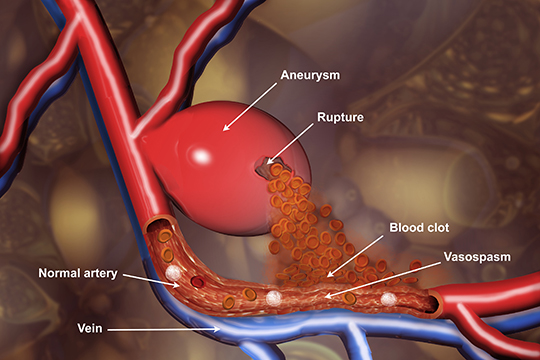 This can mean there’s a change from white to purple, blue or red as the nipples return to their normal colour.
This can mean there’s a change from white to purple, blue or red as the nipples return to their normal colour.
What is Raynaud’s phenomenon?
Raynaud’s phenomenon, more commonly called ‘Raynauds’ occurs when vasospasm happens randomly and is unrelated to breastfeeds. Vasospasm symptoms can also occur in the fingers and toes in response to cold.
Raynauds is caused by a temporary interruption to normal blood flow in the small blood vessels in the extremities. This is why the fingers and toes, nose, lips and ears are often the most vulnerable body parts being affected.
If you have Raynauds when you are pregnant, you may also experience nipple vasospasm when you are breastfeeding.
How do I know if I have vasospasm?
Breastfeeding should not be painful or uncomfortable. It is common in the early days of breastfeeding for mothers to experience some nipple sensitivity as their body adjusts tp feeding. Women with nipple vasospasm may continue to experience pain when breastfeeding, even when their baby is attached properly and sucking well.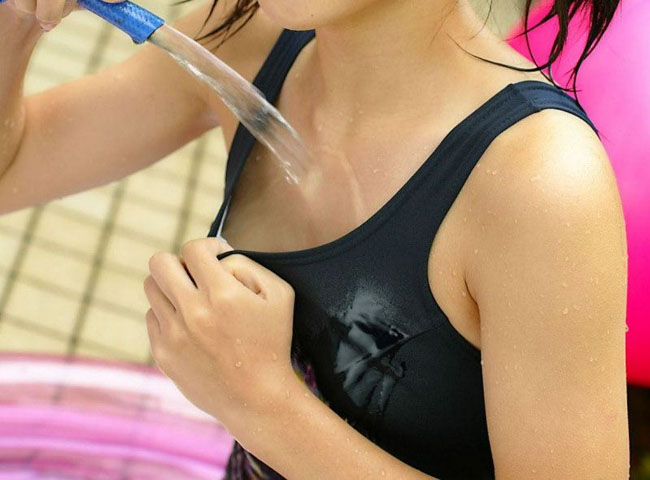
How can vasospasm be treated or managed?
You can manage the effects of nipple vasospasm by reducing your exposure to the air or cold. This will help your blood vessels to stay dilated and avoid becoming restricted. You can make your own decisions about comfort when deciding how many layers of clothing you need to wear. Ideally, you should use light layers which you can take off easily if you feel you’re overheating.
There are other strategies you can try too — for example:
- Apply warmth with a compress or heat pack straight after breastfeeding.
- Use breast warmers made from a reflective material since this can be soothing. Check with your pharmacist to see the options that are available.
- Try massaging olive oil onto your nipples after feeding but without exposing your breast to cold air.
- Try avoiding caffeine — some women report that avoiding this is helpful.
- Avoid exposing your nipples to cold air and wear more layers of clothing to avoid getting cold.
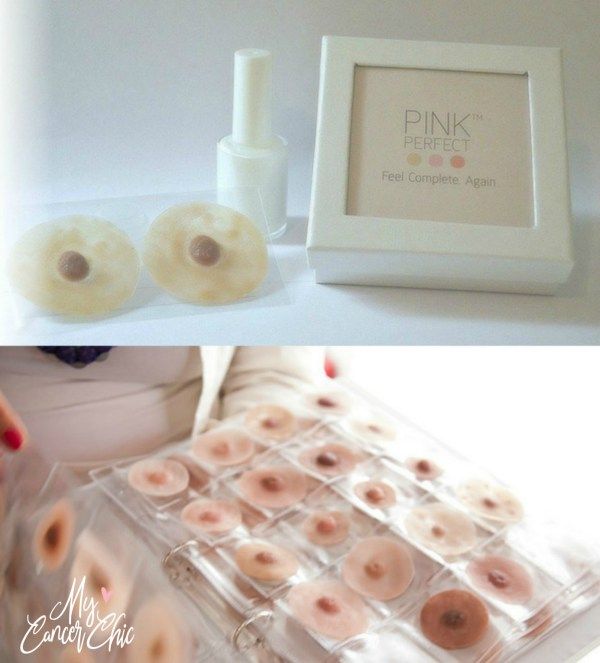
You should also check to make sure your baby is well attached when they are breastfeeding, and that you don’t have any nipple trauma or thrush.
Do supplements help for nipple vasospasm?
Some women find that taking supplements is very helpful in alleviating the symptoms of vasospasm. Before taking any medication or supplements, however, it’s important you speak with a healthcare professional or your pharmacist.
- Fish oil capsules or evening primrose oil (gamma linoleic) may help to improve blood vessel relaxation.
- Magnesium tablets can help to relax the blood vessels.
- Prescription medication may be beneficial — speak with your doctor for more information.
Where can I go for help and advice?
For more help with nipple vasospasm and breastfeeding, speak with:
- your midwife or child health nurse.
- a lactation consultant.
- Australian Breastfeeding Association — Helpline 1800 mum 2 mum, 1800 686 268.
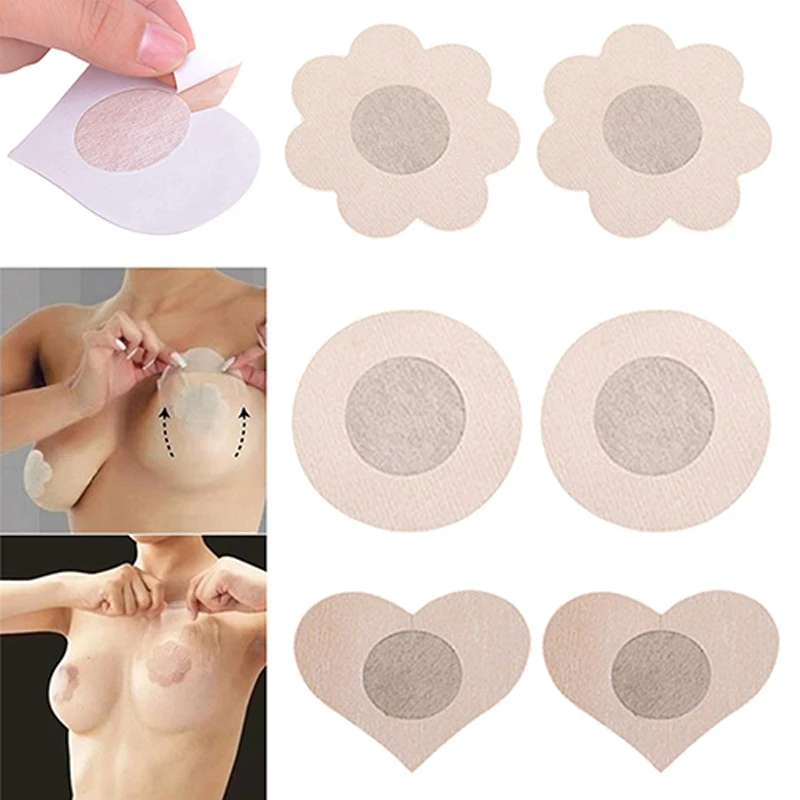
- Pregnancy, Birth and Baby on 1800 882 436 to speak to a maternal child health nurse.
Sources:
ACT Health (Nipple Vasospasm), The Royal Women's Hospital Victoria (Herbal medicines & breastfeeding), The Royal Women's Hospital Victoria (Nipple vasospasm), Australian Breastfeeding Association (Vasospasm)Learn more here about the development and quality assurance of healthdirect content.
Last reviewed: July 2021
Back To Top
Related pages
- Diet and medication while breastfeeding
- Breastfeeding your baby
- Mixed feeding
This information is for your general information and use only and is not intended to be used as medical advice and should not be used to diagnose, treat, cure or prevent any medical condition, nor should it be used for therapeutic purposes.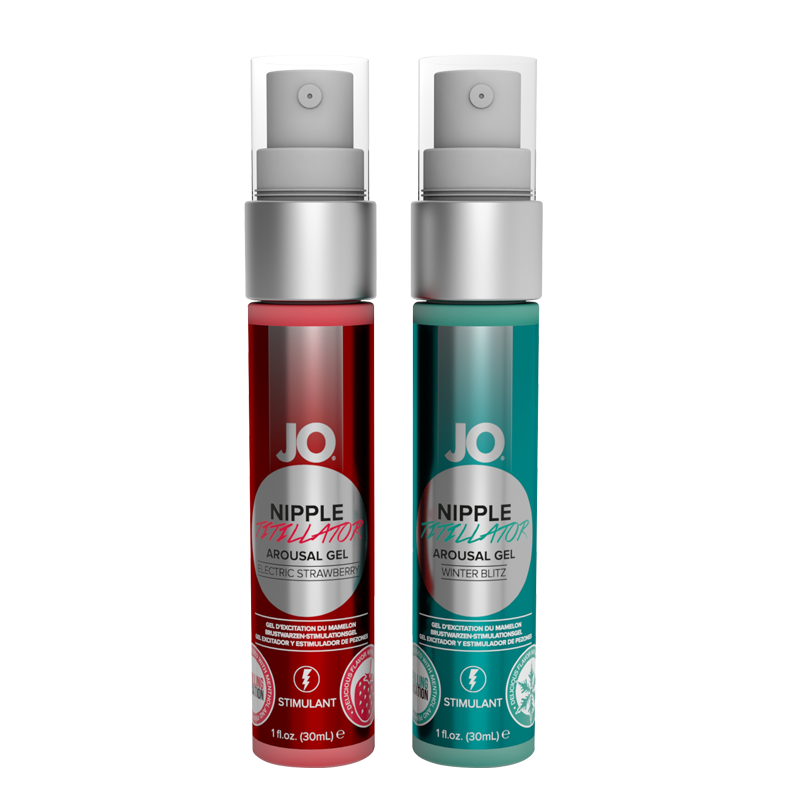
The information is not a substitute for independent professional advice and should not be used as an alternative to professional health care. If you have a particular medical problem, please consult a healthcare professional.
Except as permitted under the Copyright Act 1968, this publication or any part of it may not be reproduced, altered, adapted, stored and/or distributed in any form or by any means without the prior written permission of Healthdirect Australia.
Support this browser is being discontinued for Pregnancy, Birth and Baby
Support for this browser is being discontinued for this site
- Internet Explorer 11 and lower
We currently support Microsoft Edge, Chrome, Firefox and Safari. For more information, please visit the links below:
- Chrome by Google
- Firefox by Mozilla
- Microsoft Edge
- Safari by Apple
You are welcome to continue browsing this site with this browser. Some features, tools or interaction may not work correctly.
Some features, tools or interaction may not work correctly.
Nipple vasospasm | The Royal Women's Hospital
Vasospasm occurs when blood vessels constrict (or tighten). It can be very painful and is usually worse when you are cold.
Vasospasm may occur in any blood vessels in the body such as in the heart, brain or eyes. Fingers are most commonly affected, a condition known as Raynaud’s phenomenon where your fingers turn white when they are cold. Less commonly, the blood vessels in the nipples are affected, causing pain during, immediately after, or between breastfeeds.
Who does it affect?
This condition is more common among women:
- with a family history of Raynaud's phenomenon
- who tend to have cold fingers or feet or have ‘poor circulation’
- with a low body mass index (i.e. thin people).
Describing nipple vasospasm
- You may feel intense nipple pain, which is worse when you are cold.
 Some women describe the pain as a burning and throbbing.
Some women describe the pain as a burning and throbbing. - You may notice the nipple or the tip of the nipple blanches or turns white.
- You may notice other colour changes of the nipple. The nipples may turn blue or purple or red before returning to their normal colour.
How long does an attack last?
You may notice the signs and symptoms for a few seconds, minutes or even longer.
How severe is nipple vasospasm?
Nipple vasospasm pain ranges from minor discomfort to severe pain. Some women may feel that the pain is so severe that they are unable to continue breastfeeding.
How to manage nipple vasospasm
Avoid or to reduce exposure to known triggers. These include:
- poor attachment (seek advice from your lactation consultant)
- nipple damage (e.g. cracked nipple) or an infection (e.g. nipple thrush)
- exposing your nipples to cold air
- some medications or chemicals may worsen nipple spasm, e.
 g. nicotine (smoking cigarettes).
g. nicotine (smoking cigarettes).
Things to try:
- Keep your nipples warm. Applying a warm pack may relieve pain immediately.
- Wear an extra layer of clothing.
- Use ‘breast warmers’, e.g. Flectalon (available from the Australian Breastfeeding Association).
- Avoid cold exposure (or sudden temperature changes).
- Do not ‘air’ your nipples.
- Warm your bathroom before undressing for showers.
If the pain continues, you may consider taking supplements or medication.
Supplements include:
- Fish oil capsules (containing essential fatty acids) or evening primrose oil (gamma linoleic) may improve blood vessel relaxation.
- Magnesium tablets help to relax the blood vessels. You may take one to two Blackmore's Biomagnesium tablets daily (each tablet is equivalent to 300mg magnesium).
- Prescription medication may be appropriate. Contact a lactation consultant or medical professional for more advice.

Related Health Topics
-
- Breastfeeding - Nipple vasospasm
This fact sheet is designed to help you understand nipple vasospasm and to help you manage your symptoms. If you have further questions or you feel you are not managing the pain you can contact the services listed for further information or support.
-
- (English) PDF (341 KB)
- Breastfeeding - Nipple vasospasm
The Women’s does not accept any liability to any person for the information or advice (or use of such information or advice) which is provided on the Website or incorporated into it by reference. The Women’s provide this information on the understanding that all persons accessing it take responsibility for assessing its relevance and accuracy. Women are encouraged to discuss their health needs with a health practitioner. If you have concerns about your health, you should seek advice from your health care provider or if you require urgent care you should go to the nearest Emergency Dept.
Women are encouraged to discuss their health needs with a health practitioner. If you have concerns about your health, you should seek advice from your health care provider or if you require urgent care you should go to the nearest Emergency Dept.
Cerebral vasospasm: causes, symptoms, treatment
Departments and centers
Treatment methods
Diagnostic methods
Diseases and symptoms
Cerebral vasospasm is a narrowing of the vessel walls that prevents normal blood flow. In the initial stage, the disease is characterized by dizziness and headache, but over time, if no action is taken, a cerebral hemorrhage may occur or the process of blood clots will begin. How to recognize spasms of cerebral vessels, and how to treat them - read below.
Vascular spasm: who is at risk?
It is widely believed that vasospasm is a typical disease of residents of big cities - stress and lack of oxygen are to blame.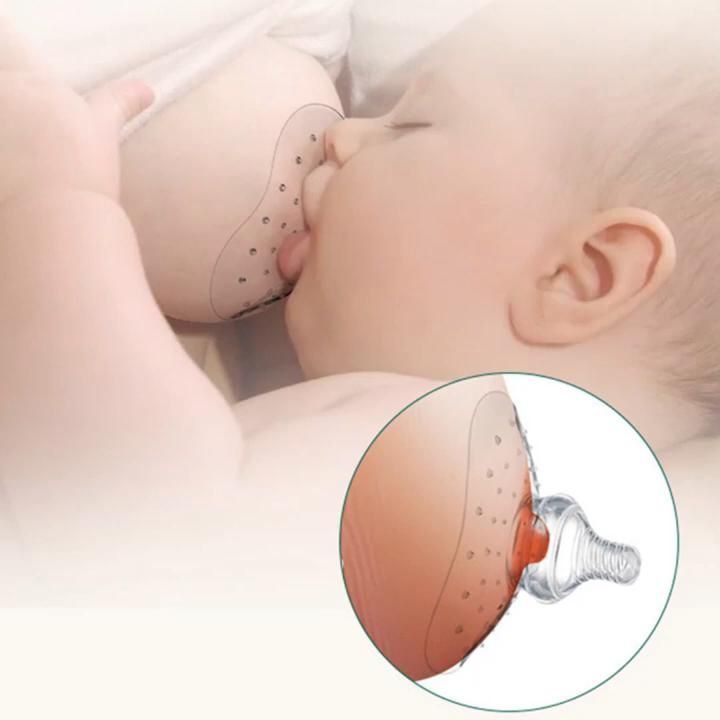 In fact, it is only your lifestyle that should be blamed: chronic lack of sleep, low mobility, unhealthy diet, drinking and smoking. If at least two of the above factors are present, by the age of thirty a person automatically falls into the risk group.
In fact, it is only your lifestyle that should be blamed: chronic lack of sleep, low mobility, unhealthy diet, drinking and smoking. If at least two of the above factors are present, by the age of thirty a person automatically falls into the risk group.
Spasm of cerebral vessels can be one of the consequences of cervical osteochondrosis. It is also worth thinking about this disease for those who suffer from vegetative-vascular dystonia, hypertension, heart disease, and also observe a malfunction of the thyroid gland.
Cerebral vasospasm: symptoms
As a rule, at first the disease is characterized by symptoms such as headache, dizziness, tinnitus (for example, after climbing stairs), blackout in the eyes. The trouble is that usually people attribute this to bad weather, pressure drops or a breakdown. If one of these symptoms recurs intermittently, you should make an appointment with your doctor, who will likely order an ultrasound and an MRI.
If you do not pay attention to the primary symptoms, in the future a person suffering from brain spasms may experience memory lapses, impaired spatial orientation, and impaired speech.
Vasospasm: diagnosis and treatment
If you suspect that you may be suffering from this disease, you should make an appointment with a general practitioner. The doctor will interview you and most likely order x-rays, ultrasounds, and MRIs. According to the results of the research, the specialist will make a diagnosis and prescribe treatment. Perhaps it will be a course of drug therapy, after which you still have to keep on hand pills that can quickly relieve brain spasm and save you, for example, from migraines. Perhaps it will be a massage session and a course of physiotherapy to restore the circulatory system.
However, the first thing any doctor would advise a patient suffering from vasospasm is to switch to a healthy diet and start leading a more active lifestyle. In case of violation of the circulatory system, it is necessary to completely exclude the use of alcohol and smoking. In addition, you will have to give up fatty and spicy foods, fast food, limit the use of coffee and tea. Instead, include as many fruits and vegetables, whole grains, vegetable fats, and proteins as possible in your diet.
Instead, include as many fruits and vegetables, whole grains, vegetable fats, and proteins as possible in your diet.
Intensive exercise is not recommended for people with vasospasm. However, moderate activity will bring them huge benefits: it can be walking, cycling, swimming. If the disease is accompanied by the presence of cervical osteochondrosis, you can go to yoga classes - this is one of the most effective ways to straighten the spine and restore blood circulation. Of course, before this, you need to consult with your doctor, and the instructor in the class must be warned about your illness.
Vasospasm: when breastfeeding hurts - 3 answers
Sore nipples are a frequent companion of lactation in nursing mothers. Just managed to move away from the fights, as a new misfortune - "grabs" the nipples . Some women disappointedly say that they were not at all ready for such pain during feeding. “ It would be better if I gave birth again than to endure such a ,” they say.
Most often, these symptoms occur in the first week after childbirth, when the skin of the nipples gets used to the intensive sucking from the baby who is training to latch on. It is not always possible to insert the breast deeply or the baby lies in an uncomfortable position and literally hangs on the tip of the mother's nipple. As soon as the mother changes the position in which she feeds (the position from under the arm helps especially), the soreness gradually disappears.
spasm of the vessels of the nipple - the so-called Raynaud's syndrome , or vasospasm.
Until the end, the causes of this condition have not been clarified, but Dr. Jack Newman (his article below) suggested that pain in the nipples could be precisely because of this, and spasm of the vessels of the nipple occurs due to a sharp change in air temperature, when the baby releases the breast.
“The cause of these conditions [soreness, whitening of the nipples] are spasms in the blood vessels, blocking the flow of blood to certain parts of the body, usually the extremities, although not necessarily.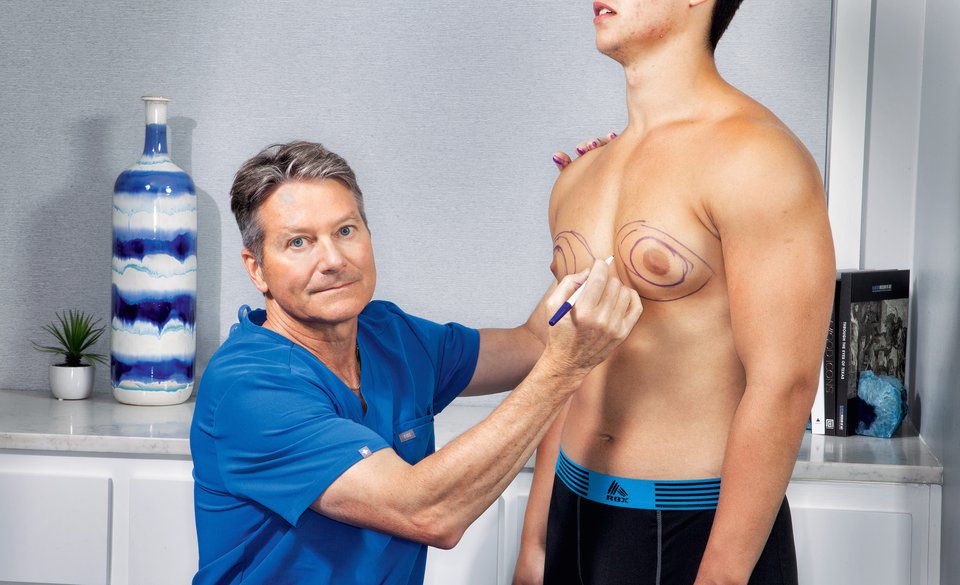 They often occur due to a sharp drop in temperature. Most often, Raynaud's syndrome occurs in the fingers, for example, when a person steps out of a warm room into the street on a cold day. The fingers turn white, and due to poor blood flow to their tips, pain appears. Raynaud's syndrome is more common in women and often occurs in association with "autoimmune" diseases such as rheumatoid arthritis."
They often occur due to a sharp drop in temperature. Most often, Raynaud's syndrome occurs in the fingers, for example, when a person steps out of a warm room into the street on a cold day. The fingers turn white, and due to poor blood flow to their tips, pain appears. Raynaud's syndrome is more common in women and often occurs in association with "autoimmune" diseases such as rheumatoid arthritis."
i.e. when the baby releases the breast, the nipple turns white after a few seconds. In this case, a woman may experience acute burning pain, and then the nipple gradually acquires its previous color, and the pain becomes throbbing. As a rule, vasospasm occurs after the end of feeding, when the baby has already left the breast.
Treatment is to eliminate the root cause of pain - incorrect grip, thrush, etc.
What else can help relieve breast pain while breastfeeding?
- Do not leave the breasts to dry out after feeding, but immediately cover them with your hand or bra.

- Rub in olive oil immediately after feeding.
- Use warm compresses (except alcohol).
- Massage the chest (but not the chest) several times - massage the muscles between the collarbone and chest after feeding or when pain occurs.
If you suspect that you have vasospasms and even with the suggested measures you cannot solve the problem, contact a lactation consultant or doctor.
============================================== ===============
Vasospasm and Raynaud's Syndrome
Dr. J. Newman
These conditions are caused by spasms in the blood vessels certain parts of the body, usually to limbs , although not necessarily. They often occur due to a sharp drop in temperature. Most often, Raynaud's syndrome occurs in the fingers, for example when a person leaves a warm room outside on a cold day. The fingers turn white, and due to poor blood flow to their tips, pain appears.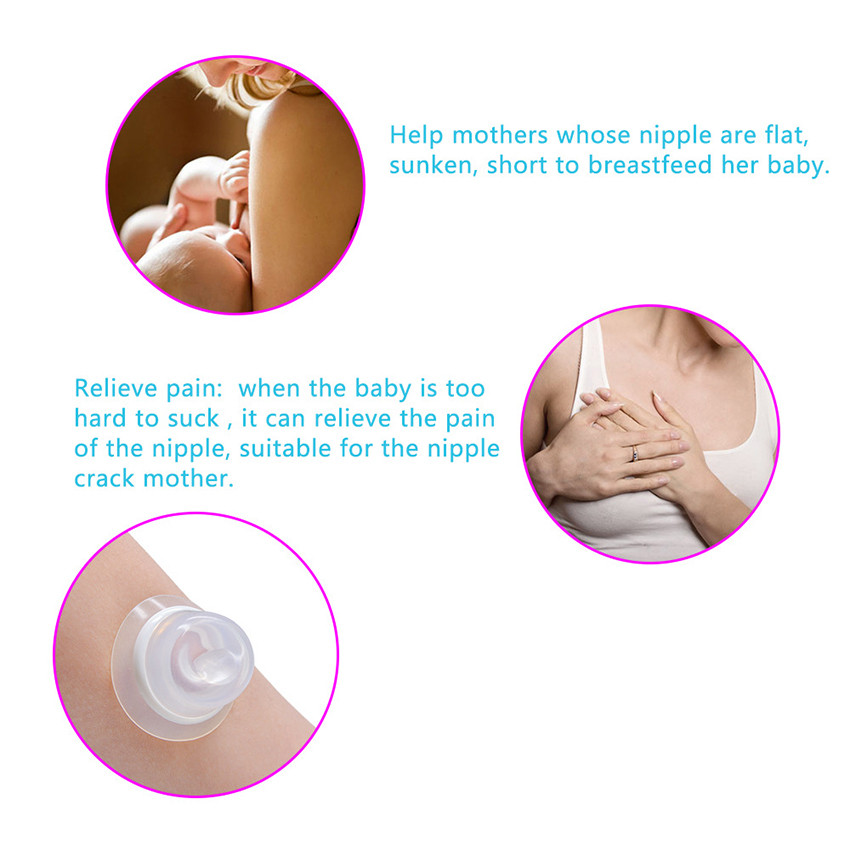 More often, Raynaud's syndrome affects women, and it often occurs against the background of "autoimmune" diseases, such as rheumatoid arthritis.
More often, Raynaud's syndrome affects women, and it often occurs against the background of "autoimmune" diseases, such as rheumatoid arthritis.
Here both of these conditions (vasospasm and Raynaud's syndrome) we will denote by the word vasospasm. Vasospasm can also occur in the nipples. In fact, this is a much more common occurrence than is commonly believed. It may occur along with any other sore nipple problems and is often caused by sore nipples, but sometimes it occurs on its own and is not associated with any other cause of nipple soreness.
As a rule, vasospasm occurs after the end of feeding, when the baby has already left the breast. Most likely, the air outside is colder than in the child's mouth. When the baby releases the breast, the nipple looks normal, but soon, within minutes or even seconds, it begins to turn white. Perhaps the reason is that the nipple dries out very quickly. Usually mothers say that when the nipple turns white, they experience a burning pain. After some time, the nipple may return to its normal color (when the blood returns to the nipple), and then the mothers notice a throbbing pain. We offer you to watch our video, where the mother's nipple turns white, and then turns pink again. The color of the nipple (and the nature of the pain) can change from one side to the other within a few minutes or even an hour or two after feeding. Sometimes mothers note that the nipple does not turn white, but changes color from pink to red to purple and becomes pink again. We are not concerned about the change in color of the nipple, but the pain that accompanies this phenomenon. It is noteworthy that in some mothers, vasospasm is not accompanied by pain.
After some time, the nipple may return to its normal color (when the blood returns to the nipple), and then the mothers notice a throbbing pain. We offer you to watch our video, where the mother's nipple turns white, and then turns pink again. The color of the nipple (and the nature of the pain) can change from one side to the other within a few minutes or even an hour or two after feeding. Sometimes mothers note that the nipple does not turn white, but changes color from pink to red to purple and becomes pink again. We are not concerned about the change in color of the nipple, but the pain that accompanies this phenomenon. It is noteworthy that in some mothers, vasospasm is not accompanied by pain.
Treatment of vasospasm is to eliminate the root cause of the pain (improper grip, thrush, etc.). See materials Breastfeeding , Candida Protocol and Painful Nipples, and our video clips. Almost always, as other causes of nipple soreness are eliminated, the pain caused by vasospasm will decrease, but more slowly.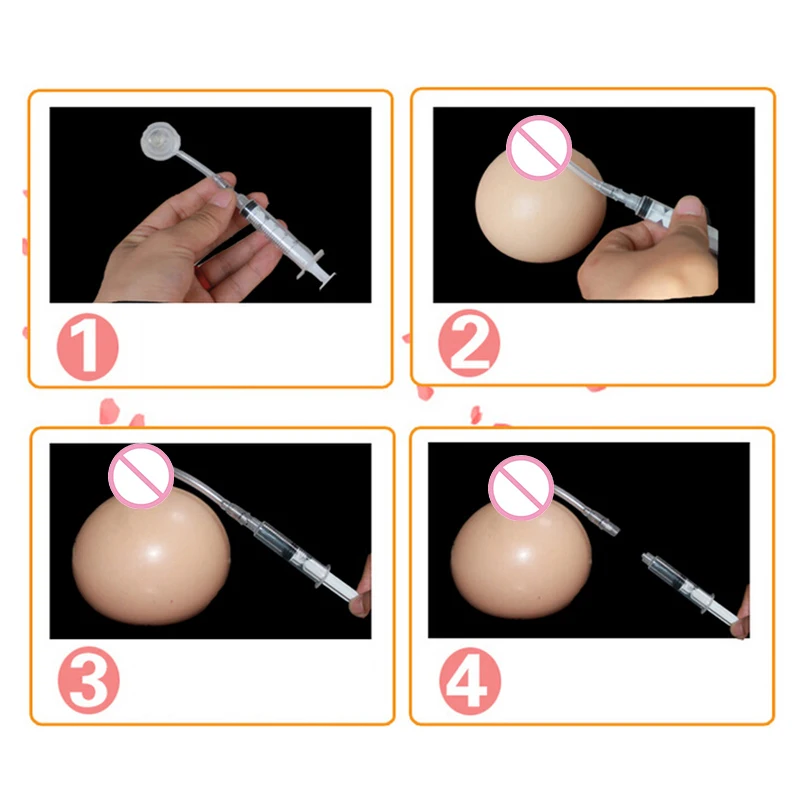 Addressing the root cause of pain (fixing a seizure, treating candidiasis) should be at the heart of treatment. In some mothers, as a result of pain during feeding, they stop, some of these pains did not exist initially. There are also mothers in whom vasospasm begins already during pregnancy. If the pain is not severe, it may not need treatment, it is only necessary to support and reassure the woman. But in some cases, it is worth prescribing treatment, especially if the pain bothers the mother and especially if it does not go away during feeding, as a significant decrease in the blood supply to the nipple can slow down the healing process.
Addressing the root cause of pain (fixing a seizure, treating candidiasis) should be at the heart of treatment. In some mothers, as a result of pain during feeding, they stop, some of these pains did not exist initially. There are also mothers in whom vasospasm begins already during pregnancy. If the pain is not severe, it may not need treatment, it is only necessary to support and reassure the woman. But in some cases, it is worth prescribing treatment, especially if the pain bothers the mother and especially if it does not go away during feeding, as a significant decrease in the blood supply to the nipple can slow down the healing process.
Treatment of Raynaud's syndrome (whitening of the nipples)
- Identify and treat the root cause of the pain : i.e. improper grip and/or thrush.
- Stop leaving breasts uncovered to dry. When the baby releases the breast, immediately cover the nipple with a warm hand while you put on the bra.
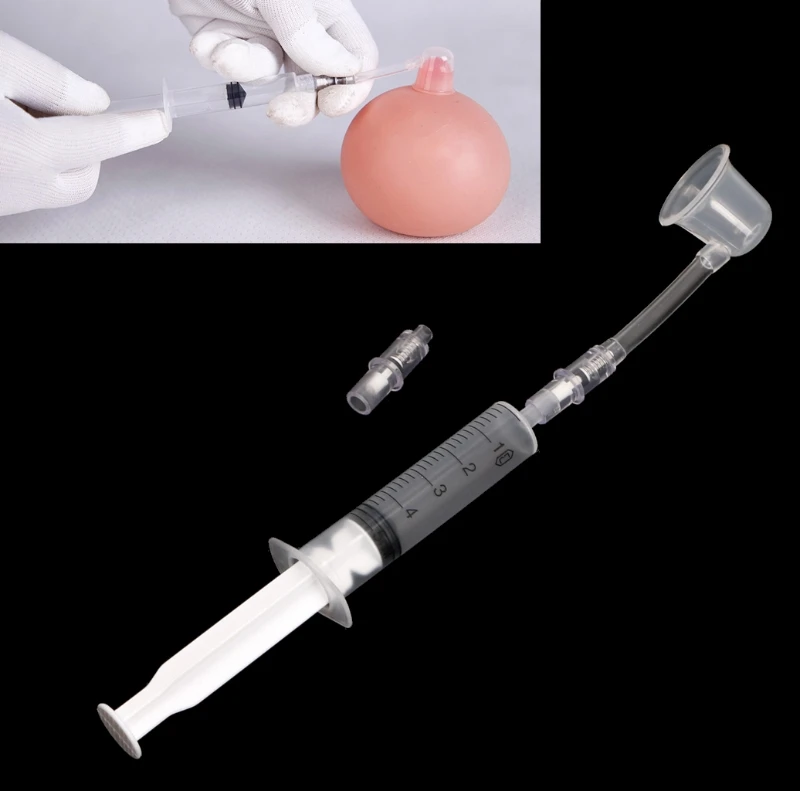 After showering, do not leave the shower cabin until the chest is completely covered and warm, away from the cold air.
After showering, do not leave the shower cabin until the chest is completely covered and warm, away from the cold air. - Olive Oil Warm the oil between your fingers and gently massage your nipples during the burning, this can greatly relieve the pain. We have heard from many mothers that such a massage immediately reduces the symptoms of vasospasm and, in general, vasospasm occurs less frequently during this procedure. It is very important to rub the oil into the nipples, and not just smear it.
- Vitamin B6 Multicomplex . No studies have yet been done to prove that it works, however we have many anecdotal evidence that vitamin B6 helps, at least in some cases. He is completely harmless. It is best not to take vitamin B6 alone, but to take a vitamin B complex, which also includes niacin. It is necessary to take such a number of capsules that the dose of B6 is 100 mg 2 times a day, for several weeks. So, for example, if a vitamin B complex tablet contains 125 mg, but it only contains 50 mg of vitamin B6, then mom should take 2 capsules at a time, twice a day.
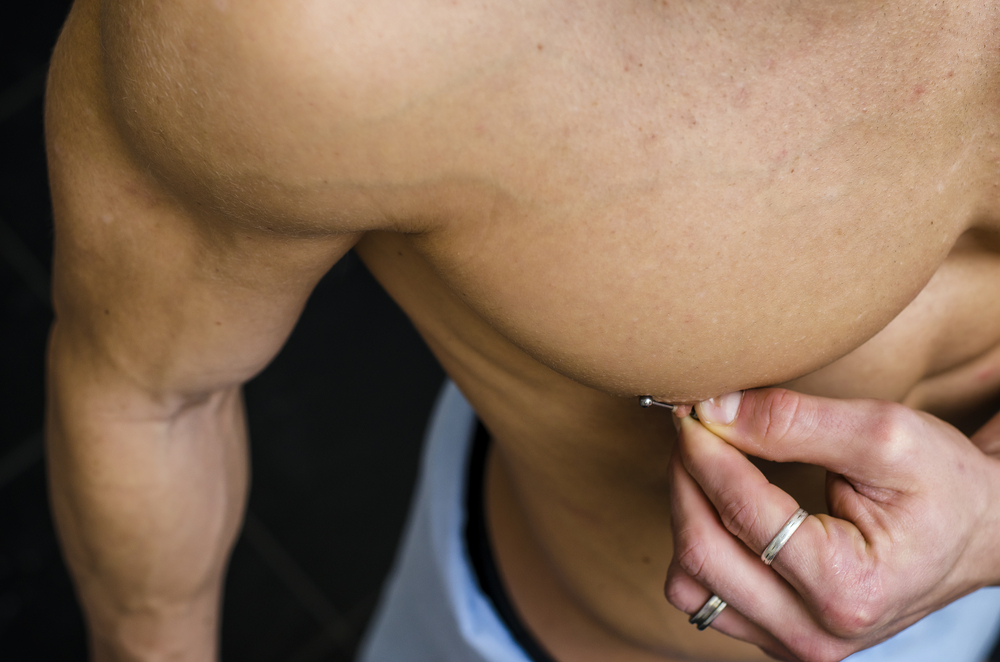 It should be taken until several weeks pass without pain. The course can be repeated if necessary. If the pain hasn't returned within a week or two, try stopping vitamin B6. If vitamin B6 has not worked in a week, it may not help.
It should be taken until several weeks pass without pain. The course can be repeated if necessary. If the pain hasn't returned within a week or two, try stopping vitamin B6. If vitamin B6 has not worked in a week, it may not help. - Warm dry compresses can be very effective in treating vasospasm when it occurs and in relieving pain. If the mother lies down after feeding and puts warm heating pads on her nipples for a few minutes, this can help a lot. At the same time, she will rest and, perhaps, this will also help to cope with the pain.
- Magnesium with calcium as follows: 300 mg magnesium/200 mg calcium (gluconate) twice daily. Or take separately 2 times a day 300 mg of magnesium and 2 times a day 200 mg of calcium daily.
- After correcting the grip, a method perhaps as effective as all of the above is to massage the chest muscles between the collarbone and chest after feeding, or if there is pain in the nipples or breasts.



